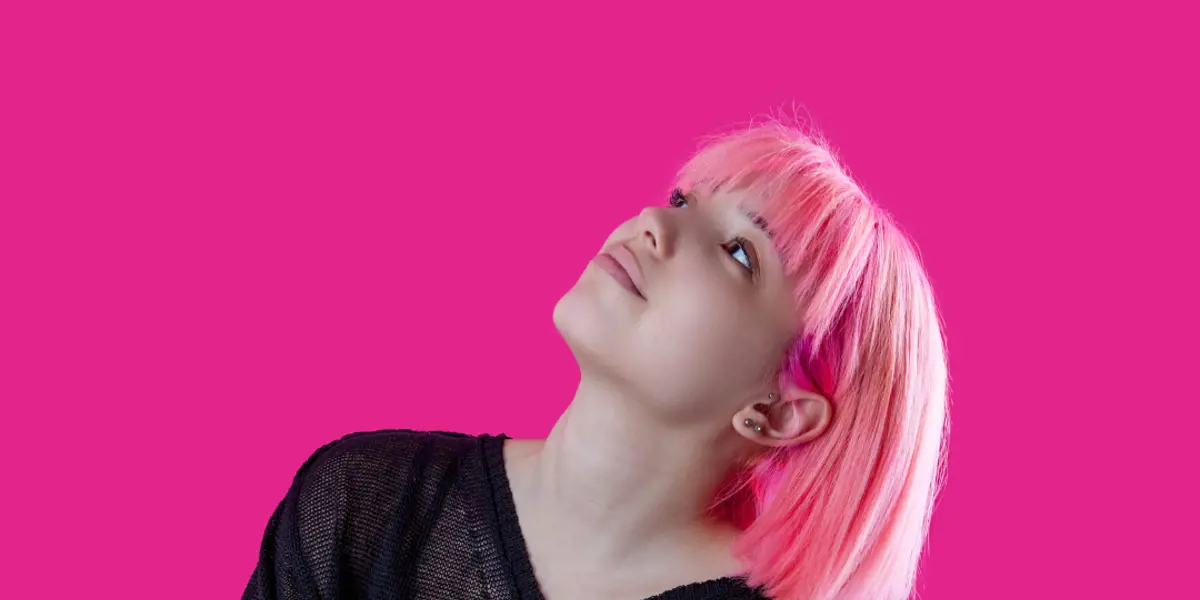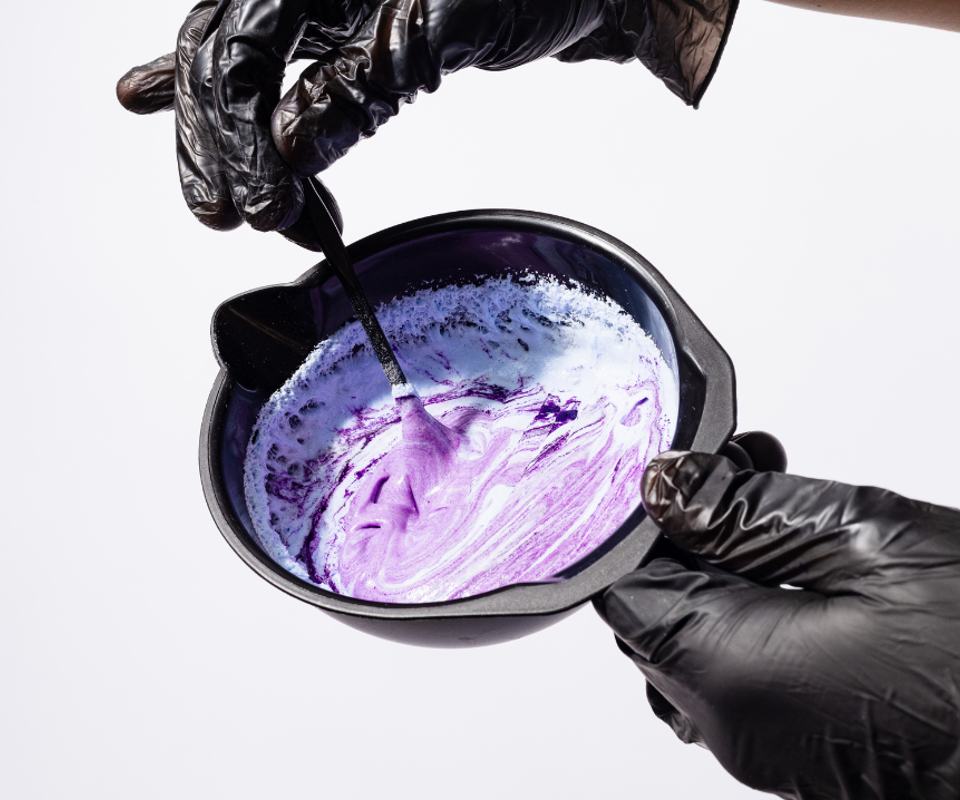HAIR DYE INGREDIENT LIST: THE DOS AND DON'TS OF COLOR FORMULAS
Are you ready to switch up your customers’ hair color and create a work of art? Before you dive into the world of hair dyes, it's important to understand the ingredients that go into these color formulas. In this article, we'll take a closer look at the hair dye ingredients list, highlighting the dos and don'ts when it comes to choosing the right products.

The ingredient list of hair dyes
When it comes to coloring hair, it's essential to know what goes into the products your customers are using. The ingredient list of hair dyes can vary, but there are some common components you'll often find.
Let's take a closer look at what these ingredients are all about and how they can affect your precious locks:
- Ammonia - it's responsible for opening up the hair cuticle so that the color can penetrate deeply. However, ammonia can be harsh and damaging to your hair, stripping away its natural oils. That's why we are able to develop ammonia-free hair dye with the same performances as an ammonia dye
- Alcohol - it’s often used in hair dyes as a solvent for other ingredients. While it helps the color spread evenly, it can also dry out your hair and scalp, leading to frizz and irritation
- Pigments - they are the colorants that give hair dye its vibrant hues. There are various types of pigments available, including synthetic and natural options. Synthetic pigments tend to be longer-lasting and offer a wider range of colors, but natural pigments derived from plants can be a great choice if you prefer a more eco-friendly and gentle approach to hair dye
Other ingredients you can formulate hair dyes with
Guess what? Hair dyes aren't just limited to a few basic ingredients. There's a whole world of possibilities out there! You can actually add some extra ingredients to level up your hair dye game. From natural oils that will give your hair a dose of moisture, to proteins that will make it strong and healthy, we're going to explore all the cool stuff you can put in your color formula:
- Keratin - known for its strengthening properties, keratin can help improve the overall health and resilience of hair and prevents breakage
- Natural oils (argan, coconut, almond, etc.): These oils provide moisture and nourishment to your hair, preventing dryness and promoting shine. Take a look at our article: Private Label Hair Growth Oil
- Shea butter - it is rich in vitamins and fatty acids, offering intense hydration and reducing frizz
- Essential oils (lavender, peppermint, tea tree, etc.) - these oils not only add a pleasant scent to your hair dye but also offer various benefits like soothing the scalp and promoting hair growth
- Plant and root extracts - extracts from plants and roots like chamomile, aloe vera, and calendula can provide conditioning and soothing effects on hair

HSA manufactures amazing hair dyes using the healthiest ingredients ever. Discover the super range of products we can offer in our e-book! Download it for free.
Get your FREE eBook!
Ingredients you should avoid in hair dyes
Not all ingredients are created equal, especially when it comes to hair dyes. There are a few bad apples out there that you should definitely avoid. We're talking about the ones that can cause irritation, allergies, or bad reactions. But don't worry, we've got your back.
Let’s spill the beans on these troublemakers and find out awesome suggestions for safer alternatives:
- PPD - it is a common allergen and can cause adverse reactions in some people. So, instead of playing with fire, why not give hair dyes with PTSD or henna a shot? They can give vibrant hair color without causing those pesky adverse reactions and can nourish and condition hair
- Resorcinol - this is another potentially harmful ingredient that can cause skin irritation. Look for hair dyes that use 2-methylresorcinol instead! It offers a gentler coloring experience, minimizing the risk of damage and dryness.
- SLS/SLES - these are commonly used surfactants that can strip away natural oils and cause scalp irritation. Opt for alternatives like SLSA, Sodium Cocoyl Glycinate, Disodium/Sodium Cocoyl Glutamate, Decyl glucoside, or Lauryl glucoside. Thanks to these ingredients, hair will result healthier, softer, and more hydrated
- Phthalates - they are often used as plasticizers in hair dye formulations and can be harmful to health. Look for hair dyes that use safer alternatives like DEHT/DOTP or DINCH. They help to maintain the desired texture and consistency of the product without the health risks associated with traditional phthalates
- Gluten - if you are sensitive to gluten, it's essential to avoid hair dyes that contain this ingredient. Look for products that use Vitamin E or cereal extracts like oat as gluten-free alternatives. They have not only moisturizing and antioxidant properties, but also soothing effects on the scalp.
- Titanium dioxide - titanium dioxide is a whitening agent that can cause skin irritation and is bad for the environment too. Opt for hair dyes that use starch-based options derived from rice or corn. They are sustainable ingredients and have positive effects on the scalp!
Okay, now that you know what the absolute best hair dye ingredient list is, all you have to do is find the right professionals and create the best hair color line ever!
HSA is by your side in the creation of the greatest hair dyes: combinations, textures, fragrances, sizes, and more than 400 colors. With HSA you can really create the line of your dreams.
What are you waiting for? Contact us and make your customers’ hair a real work of art.
Error loading Partial View script (file: ~/Views/MacroPartials/Macro.cshtml)